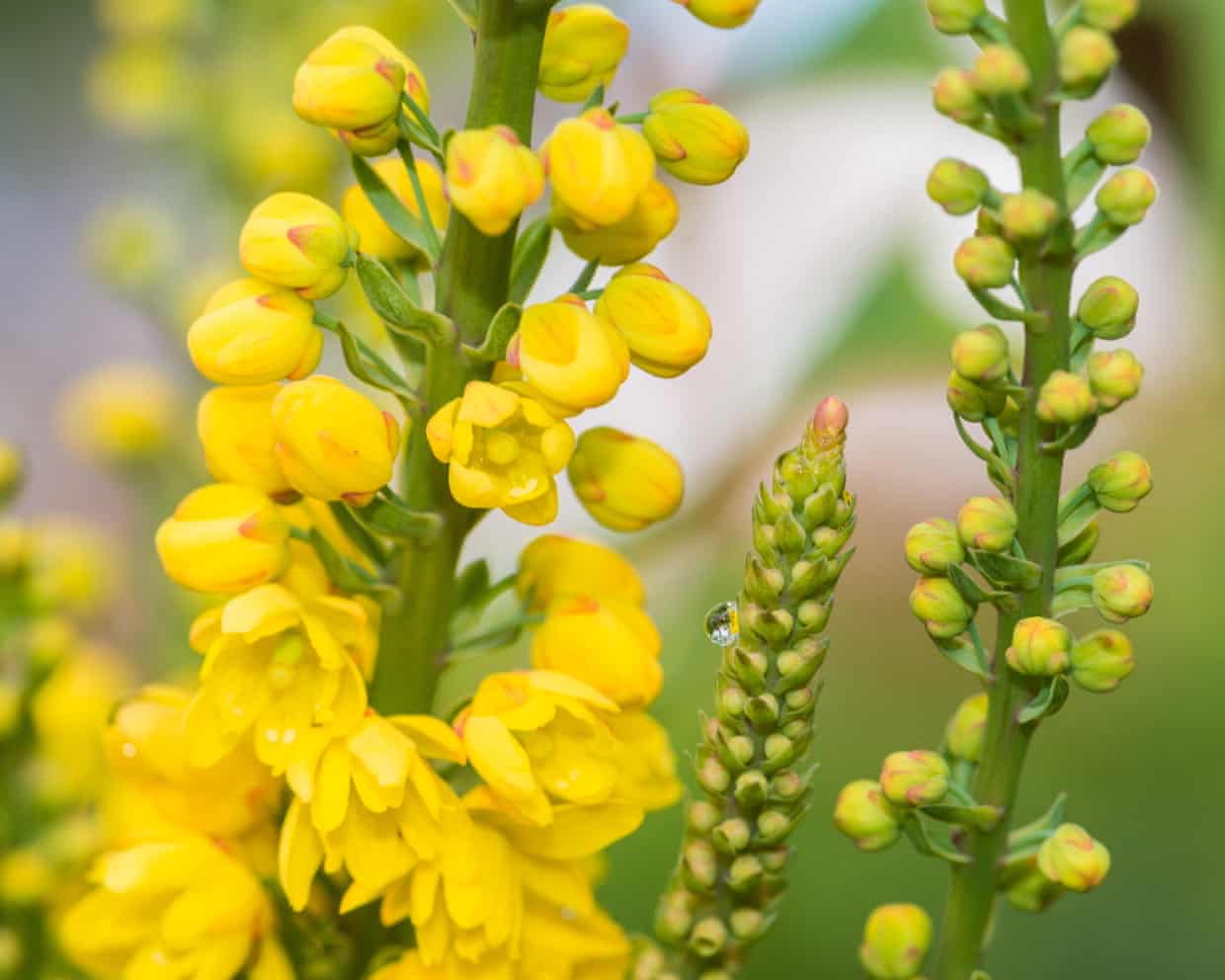Flowers exhibit remarkable adaptations to attract and manipulate pollinators, particularly through their male reproductive structures, known as stamens. Research reveals that hundreds of plant species have developed intricate touch-sensitive movements, enabling them to enhance pollination efficiency while minimizing nectar waste.
One striking example is the interaction between insects and flowers from the genera Berberis and Mahonia. These plants employ a unique strategy where their stamens bend and release pollen onto visiting insects. When an insect approaches to feed on nectar, the stamens swiftly react, smothering the insect’s face or tongue with pollen. This sudden and unwelcome encounter prompts the insect to make a hasty exit, reducing the time spent on that flower. Consequently, the flower conserves its nectar and pollen, redirecting the insect to another bloom. This behavior supports cross-pollination as the insect transfers pollen from one flower to another.
The Catasetum orchid takes this strategy to an extreme with an aggressive defence mechanism. When an insect lands on its flowers, it experiences a dramatic reaction: two sticky pollen bags launch at high speed, often knocking the insect out of the flower while adhering the pollen to its body. This potent tactic not only ensures that the pollen is effectively transferred to another flower but also emphasizes the orchid’s evolutionary adaptation to optimize its reproductive success.
Another fascinating example can be found in the triggerplants (genus Stylidium) native to Australia. These flowers feature a club-shaped organ that reacts rapidly. Upon contact, the organ swings through 180 degrees in just 10 milliseconds, delivering a precise pollen hit to the visiting insect. This swift motion allows the flower to collect any pollen the insect may be carrying while simultaneously depositing its own. After the interaction, the triggerplant resets quickly, preparing for the next pollinator.
These intricate mechanisms highlight the evolutionary arms race between flowers and their pollinators, showcasing how plants have developed specialized strategies to ensure their survival and reproductive success. Through various methods, flowers effectively engage insects, guiding them to facilitate cross-pollination while minimizing the energy cost involved in nectar production.
Research into these plant strategies not only enhances our understanding of ecological interactions but also underscores the importance of preserving these species and their habitats. The delicate balance between pollinators and flowering plants plays a crucial role in maintaining biodiversity and the health of ecosystems globally.
